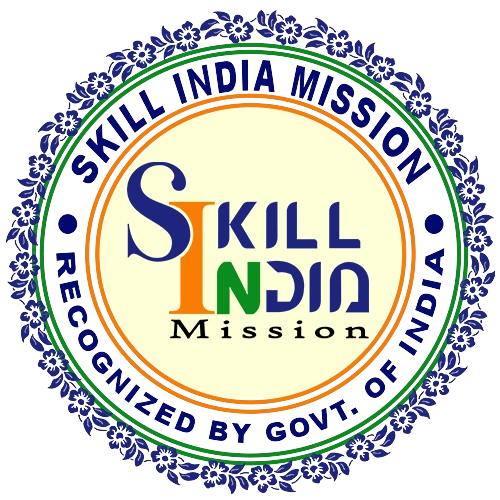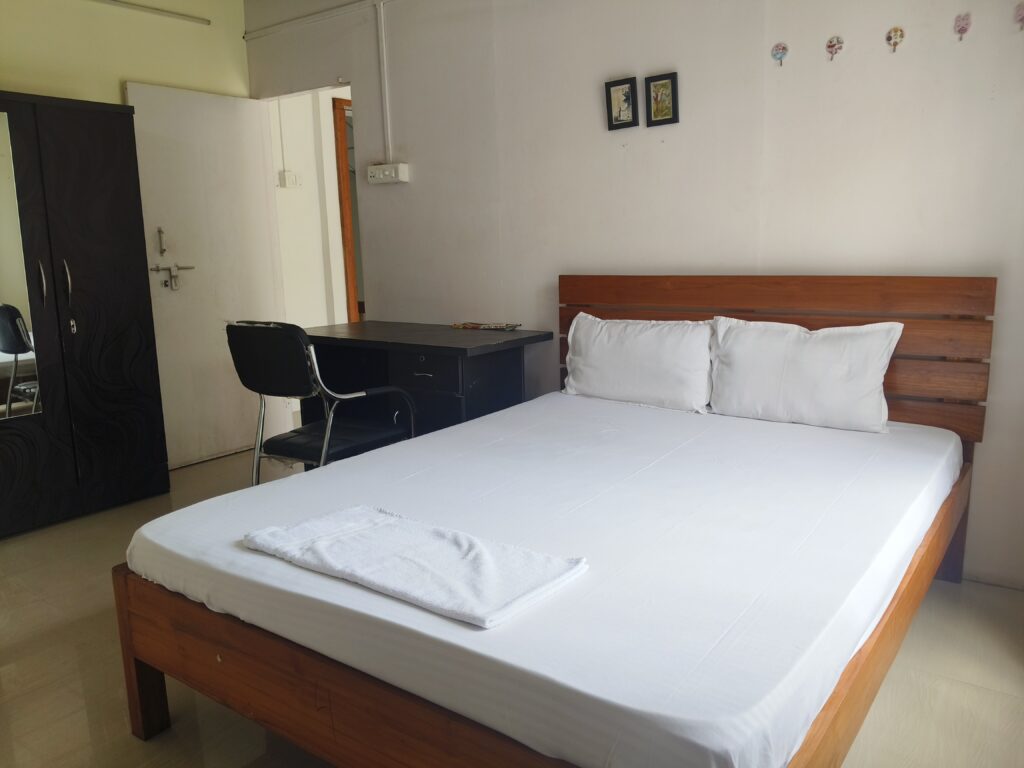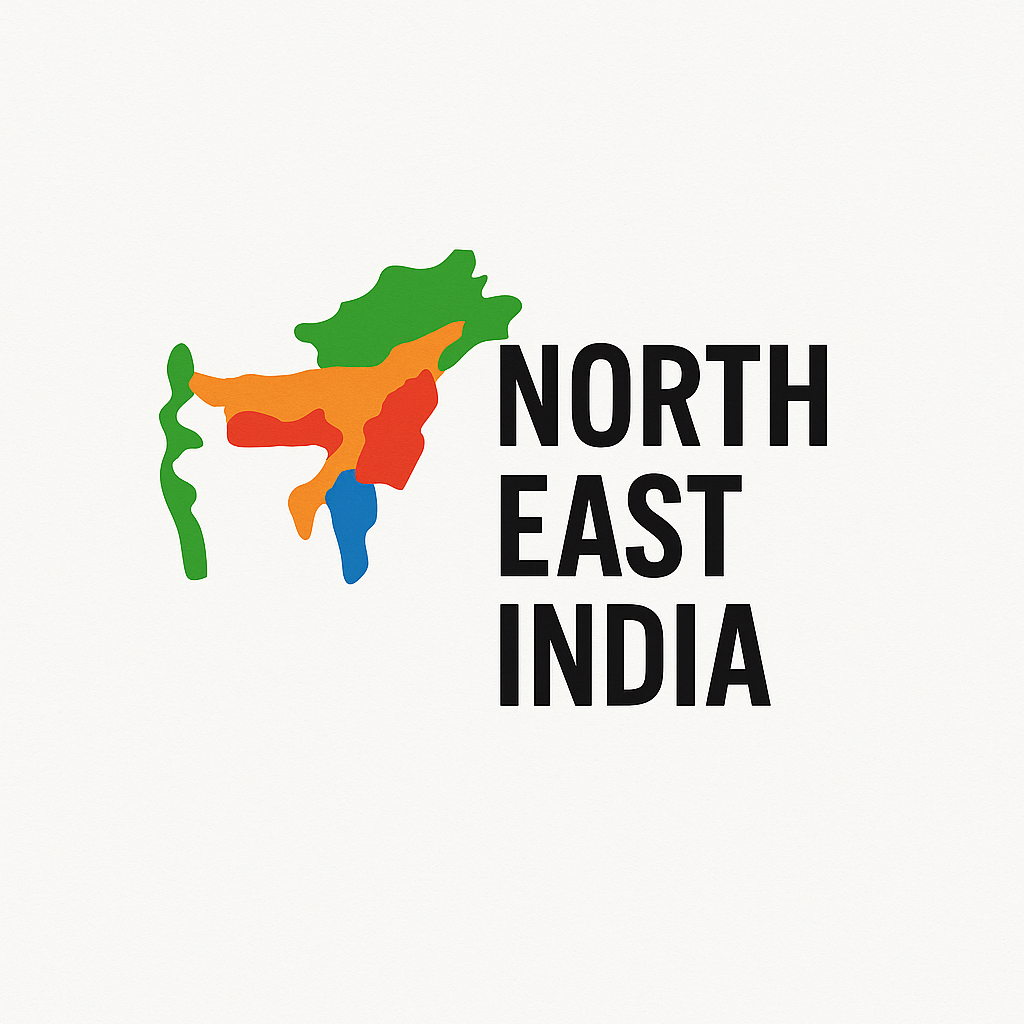
Loan, today’s fast-changing economy, the development of micro-enterprises has emerged as a powerful tool to drive sustainable employment and economic growth, especially in rural and semi-urban areas. While traditional farming continues to be an essential livelihood, there is an increasing need to diversify income sources. The non-farm sector, through micro-enterprises, offers a promising avenue for artisans, unemployed youth, and marginalized communities.
This blog delves deep into how micro-enterprises are transforming rural and urban landscapes, the financial assistance available for self-employment, and how you can be part of this growing movement.
https://pagead2.googlesyndication.com/pagead/js/adsbygoogle.js?client=ca-pub-7787437288479224
🌾 What is the Non-Farm Sector?
The non-farm sector refers to all economic activities excluding agriculture, livestock, and farming. It includes industries like:
- Handicrafts and Handlooms
- Food Processing
- Retail and Trading
- Manufacturing (small-scale)
- Services like tailoring, beauty parlors, repairs, etc.
- Transportation (small vehicle ownership)
- Digital services (freelancing, internet cafes, etc.)
This sector plays a crucial role in supplementing agricultural income, reducing rural-urban migration, and fostering balanced regional development.
🚀 Why Micro-Enterprises?
A micro-enterprise is typically a small business that requires minimal investment and employs less than 10 people. These businesses are often started by individuals, families, or small groups and are deeply connected to the local economy.

✔ Benefits of Micro-Enterprises:
- Low investment and easy to start
- Provides self-employment
- Supports local economy
- Empowers women and youth
- Encourages traditional skills (weaving, pottery, bamboo work)
- Helps reduce migration to cities
🔍 Government Initiatives Supporting Micro-Enterprises
The government, both central and state, has launched several schemes to encourage the development of micro-enterprises, especially in the non-farm sector. These programs aim to support artisans, craftsmen, unemployed youth, women, and marginalized communities by offering financial aid, skill development, and market linkages.
🎯 Major Government Schemes:
1. Prime Minister’s Employment Generation Programme (PMEGP)
- Objective: Financial assistance for setting up new micro-enterprises in manufacturing and service sectors.
- Subsidy: 15%–35% subsidy on project cost.
- Eligibility: Any individual above 18 years; SHGs; cooperative societies; charitable trusts.
2. MUDRA Loan (Pradhan Mantri Mudra Yojana)
- Objective: Provides collateral-free loans to micro and small businesses.
- Categories:
- Shishu (Loan up to ₹50,000)
- Kishore (₹50,000 to ₹5 lakh)
- Tarun (₹5 lakh to ₹10 lakh)
3. Deendayal Antyodaya Yojana – National Rural Livelihoods Mission (DAY-NRLM)
- Objective: Promotes self-employment and entrepreneurship in rural areas.
- Support: Offers credit, skill training, and market access to Self-Help Groups (SHGs) and individual entrepreneurs.
4. Scheme of Fund for Regeneration of Traditional Industries (SFURTI)
- Focus: Support for traditional industries like bamboo, khadi, honey, handicrafts, etc.
- Support: Infrastructure development, skill training, design improvement, and marketing support.
5. Skill India and Digital India Missions
- Offers digital and vocational training to equip youth with the skills needed for modern micro-enterprises.

💡 How Micro-Enterprises Empower Artisans
https://indiathroughassam.com/wp-admin/post.php?post=2569&action=edit
✅ For Artisans:
- Revives traditional skills like weaving, handloom, bamboo work, pottery, and metal crafts.
- Provides financial support to set up workshops or outlets.
- Facilitates participation in trade fairs and online marketplaces.
✅ For Youth:
- Creates alternative employment beyond farming.
- Encourages startups in service sectors like mobile repair, e-rickshaw driving, salons, photography, and IT services.
- Empowers digital entrepreneurship — running YouTube channels, e-commerce, freelancing, etc.
📈 Economic Impact of Non-Farm Micro-Enterprises
✔ Employment Generation:
- Reduces the burden on agriculture by offering alternate livelihoods.
- Encourages local employment and slows down rural-to-urban migration.
✔ Women Empowerment:
- Many women have started tailoring, beauty parlors, papad-making, and handicraft businesses under micro-enterprise schemes.
✔ Boost to Local Economy:
- Increases local consumption, circulation of money, and boosts rural infrastructure.
❌ Challenges Faced
While the potential is huge, there are challenges:
- Lack of awareness about schemes
- Limited access to finance in remote areas
- Inadequate market linkages
- Need for continuous skill upgrading
🔬 Solutions & Way Forward
✅ Awareness Drives:
- Government should organize more workshops, seminars, and village-level campaigns.
✅ Digital Inclusion:
- Promote digital payment systems, online marketing, and social media marketing training for micro-entrepreneurs.
✅ Private & Foreign Investment:
- Collaboration with NGOs, private firms, and foreign investors can help set up skill centers and marketing platforms.
✅ Scientific Approach:
- Use of better machinery, design innovation, packaging, and quality control can increase competitiveness.
🌍 How Foreign Aid & Investment Matter
Many international bodies like the World Bank, UNDP, and countries like Japan, Germany, and USA offer financial packages and technical aid for micro-enterprise development in India. However, concerns often arise about mismanagement and improper utilization of these funds.
Proper monitoring, transparency, and accountability are needed to ensure these funds actually benefit the intended communities.
🔥 Conclusion: Your Step Towards Self-Reliance
The development of micro-enterprises in the non-farm sector is not just a government initiative — it is a movement towards self-reliance (Atmanirbhar Bharat). Whether you are an artisan preserving age-old traditions or a youth looking for a fresh start in business, opportunities are abundant.
The government provides the support — the drive and passion must come from you.
If you are thinking about starting your own micro-enterprise, now is the time. Take advantage of these schemes, unleash your skills, and contribute to your family’s and the nation’s growth.
💬 Share your thoughts:
- Have you or someone you know started a micro-enterprise?
- What challenges or successes have you seen?
Drop your comments below and share this blog with those who can benefit!
🐔 1. Mrs. Monimala Bora Mohan (Bokakhat, Golaghat district)
- Received training via RSETI (Rural Self Employment Training Institute) and took a bank loan to start a poultry farm.
- Expanded from 200 to 1,300 chicks after training and now earns about ₹20,000 per batch after expenses.
🐄 2. Mr. Babul Debnath (Bhutiapara, Chirang district)
- Trained in dairy farming through SBI-RSETI and secured a ₹2.25 lakh loan from Assam Gramin Vikash Bank.
- Owns Jersey cows and earns ₹60,000–70,000 monthly, repaying EMIs on the loan.
🧀 3. Kalyani Rajbongshi (Guwahati)
- A homemaker who received a government loan (~₹15,000) to launch a food‐processing unit (initially mushroom business).
- Recognized under the “Viksit Bharat Sankalp Yatra” and received the Assam Gaurav Award, even with PM Modi personally acknowledging her initiative.
🥒 4. Mrs. Jyotika Borgohain (Digboi)
- Took a ₹25,000 loan from Satin Credit Care Network to start a home-based pickle business.
- Sells ~10 kg of pickles daily at ₹300/kg and makes ₹15,000 monthly net profit. Plans to scale up with a second cycle loan.
👩🧵 5. Srimoni Das (Bhoalpara, Kamrup district)
- Obtained a microfinance loan from ASOMI to start poultry farming.
- Later expanded into handloom by purchasing Eri weaving looms. Her family’s income has significantly improved.
🐣 6. Leo Fernandez (Rongkhelan, Diphu, Karbi Anglong)
- Through the ARYA project, started poultry farming with 100 chicks, later built a low-cost hatchery.
- Now runs a poultry and meat processing unit earning ₹20,000–30,000 per month
🐟 7. Mrs. Gargee Gitom Bora (Morikolong, Nagaon district)
- Initially an art teacher, she took a bank loan under PMMSY (Pradhan Mantri Matsya Sampada Yojana) in 2020–21 to start integrated fish processing.
- Established “Jaagriti Food Products” producing pickles, namkeen, mustard oil, generating annual turnover of ₹6.04 lakh and employing 10 people.
Why These Stories Matter
- Diverse Sectors: Poultry, dairy, food processing, pickle production, handloom, integrated fish farming—demonstrating wide scope in non-farm micro-enterprises.
- Rural & Urban Reach: From remote villages (Bokakhat, Chirang) to urban centers like Guwahati and Digboi.
- Empowerment Focus: Many women (Monimala, Jyotika, Srimoni, Gargee) leveraged loans to gain financial independence.
- Government & Institutional Support: Schemes like RSETI, PMMSY, microfinance, and Assam government initiatives played key roles.

🌄 Plan Your Trip to Northeast India with Us!
Want to explore the untouched beauty of the Northeast?
From the misty mountains of Mizoram to the living root bridges of Meghalaya, and the cultural heart of Assam — we’ve got you covered!
✅ Personalized Travel Itinerary
✅ Local Guides & 24/7 Support
✅ Best Hotel & Homestay Options
✅ Group Tours & Solo Packages
✅ Affordable, Safe & Hassle-Free
📩 Contact us today and let’s start planning your dream trip!
📞 Call/WhatsApp: 8453980642
🧳 Book your Northeast adventure now – Discover places you’ve only dreamed of!
